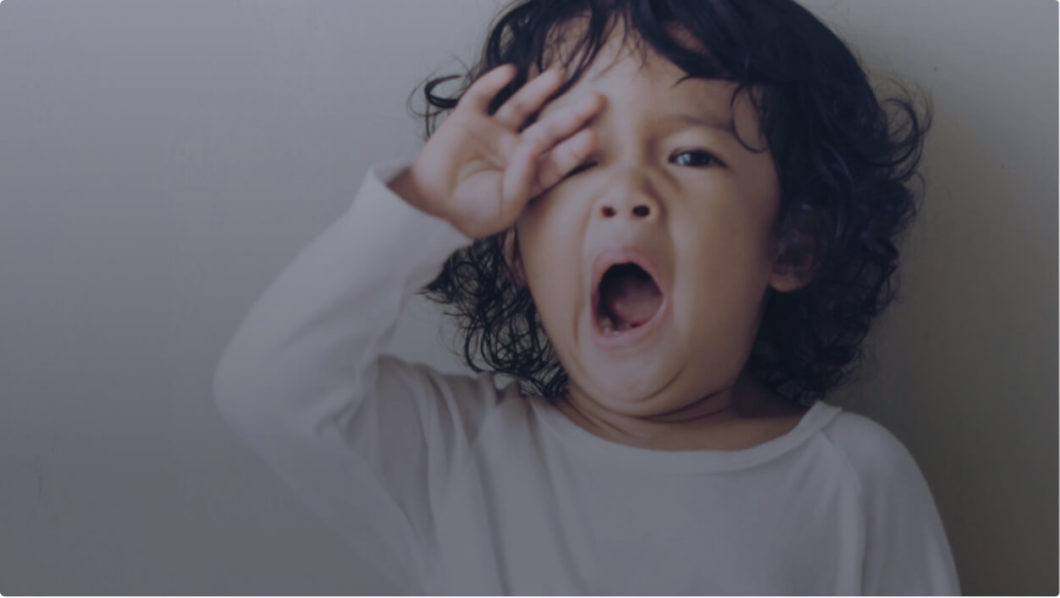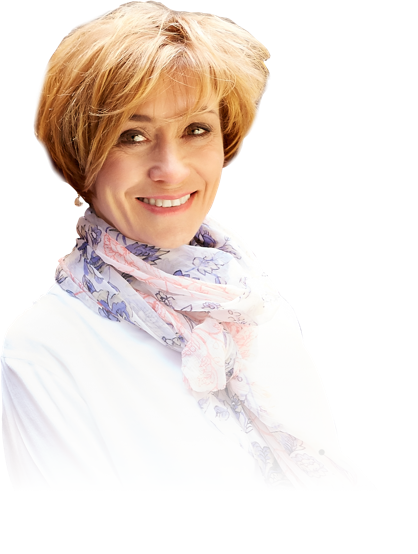Bad sleep runs along a continuum, and pretty much anything that interrupts the quantity, quality and consistency of your sleep is somewhere on the bad scale, no matter how mild.
While some poor sleep problems might be on the mild end of the spectrum, there are plenty of kids who are experiencing far more serious sleep issues. It is important to understand what causes the sleep problem no matter the cause or severity. Is it habit? Environment? Or is it a sleep disorder that requires expert medical help?
The true percentage of sleep disorders among children is difficult to determine. But when you add together the percentage of children who snore (35%), who have obstructive sleep apnoea (2 to 4%), who experience other forms of upper airway obstruction or who are mouth breathers, the numbers add up.
So, when does your child’s overnight shenanigans move them from just ‘poor sleep habits’ to a ‘sleep disorder’ status?
Read on to find out!
There are over one hundred different sleep disorders. While it’s not possible to go into all of them in depth, in this post I cover the more common disorders – what I’m calling the ‘Big Five’.
Insomnia is by far the most common sleep disorder. It leads to poor sleep quality because of difficulty falling asleep, waking in the middle of the night and having trouble getting back to sleep, or waking earlier in the morning than planned.
Insomniacs wake unrefreshed, are excessively sleepy during the day, and have all the usual symptoms of poor sleep, including a lack of energy, being tired but wired, poor concentration, moodiness, poor memory, relationship difficulties and depression.
Insomniacs are more prone to accidents – with adults this could be work or car accidents, while with kids it could be falls and bumps.
Sleep-disordered breathing (SDB) is a general term for breathing disturbances and varying ‘collapse’ of the upper airway, occurring during sleep. SDB disrupts the normal transitions through sleep cycles, often preventing kids from moving into the restorative phases of deep sleep.
When a child’s breathing is disrupted during sleep, the body perceives this as a choking phenomenon.
Narrowing of the airway, caused by factors like relaxed airway muscles or poor sleep position, can lead to flow limitation where the body has to work harder just to breathe.
Heart rate increases, blood pressure rises, the brain is aroused, sleep phases are interrupted, and critical brain processes are disrupted. Oxygen levels in the blood can also drop, which interferes with both brain and body systems.
The effort to breathe can produce ‘breath holds’ of up to ten seconds, (classified as Obstructive Sleep Apnoea) which place stress on the body systems. Breath holds during apnoeas have been likened to the effort of breathing while altitude climbing on Mount Everest, because of the way they stress our body systems.
Obstructive Sleep Apnoea is the worst end of the scale of SDB. However, snoring, Upper Airway Resistance Syndrome and mouth breathing are also on the SDB scale and can lead to disturbed breathing during sleep with day-time consequences. Breathing during sleep should be quiet.
Of the sleep disorders, the most well-known are the parasomnias: sleep walking, talking and night terrors. Their occurrence usually peaks in children between four and eight years.
Parasomnias take place in a dual brain state where the body is in deep sleep, but the brain is awake enough to perform other tasks. They are thought to occur in the transition from the deep sleep of stages 3 and 4 in a micro-awakening, occurring in the first part of the night.
Parasomnias include sleep walking and talking, night terrors and nightmares. While they are harmless as long as physical dangers are not present, they can be frightening for parents.
If a child is already prone to parasomnias, things that can make them worse include insufficient sleep, an irregular sleep schedule, late bedtimes, fever, some medications, a full bladder, a change of sleep environment, a noisy environment, stress or a sleep disorder like sleep-disordered-breathing (SDB).
A medical consultation to diagnose other sleep disorders, such as SDB, is advisable.
While parasomnias are usually benign, if you feel your child is at risk or danger or there is significant disruption to family, you may need help from a sleep specialist.
Restless leg syndrome is the overwhelming urge to move legs when lying still. It can be painful, with tingling and itching occurring at night-time.
Restless leg syndrome causes the quality of sleep to be compromised by difficulty falling asleep and night-time waking. About 10% of adults and 2% of children experience restless leg syndrome. Some correlation to SDB has been found.
Restless leg syndrome can be controlled by taking care with food choices, stretching and medication on the advice of your medical specialist.
Narcolepsy involves falling asleep suddenly without warning and without control, and immediately entering REM sleep without going through the normal sequence of sleep stages.
In narcolepsy, the brain is unable to control its sleep/wakefulness cycles, and ‘sleep attacks’ can occur anywhere, at any time.
While rare, symptoms of narcolepsy can be disabling, including excess daytime sleepiness, cataplexy (sudden loss of muscle tone triggered by emotion), hypnagogic hallucinations (vivid dream experiences) and sleep paralysis.
Narcolepsy has significant effects on behaviour and learning in children.
Sleep disorders – the silent killer
Sleep disorders are a slow disease. After one night of poor sleep your child may feel groggy and not at their best. You may be so accustomed to poor sleep, it feels like normal! However, after many nights of poor sleep, your child’s body is a developing state of inflammation. This may eventually lead to health conditions like high blood pressure, cardiac disorders, metabolic disorders, obesity, depression and cancer. Untreated they progress through adolescence and into adulthood.
It is critical to have sleep disorders properly diagnosed and treated by medical experts. I’ve provided descriptions here to help you identify any red flags in your child’s sleep, so you’ll know when to seek help.
Unsure of which medical expert you need to see? In my book, Sleep-Wrecked Kids, I take you through the sleep disorder medical maze and show you how to take a proactive role in your child’s treatment.
What can you do?
Let’s build a new generation of healthy sleepers!
With my book Sleep-Wrecked Kids, I support you to become the lifeguard of your child’s sleep. Packed full of information and practical help, it will get you on the way to good sleep for all the family. Order your copy here!



